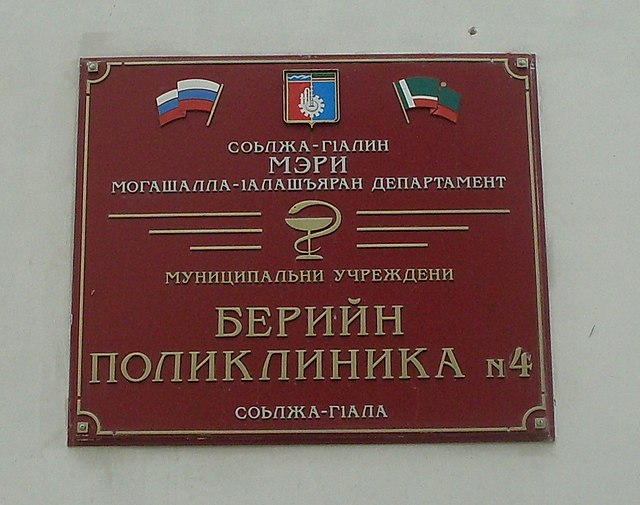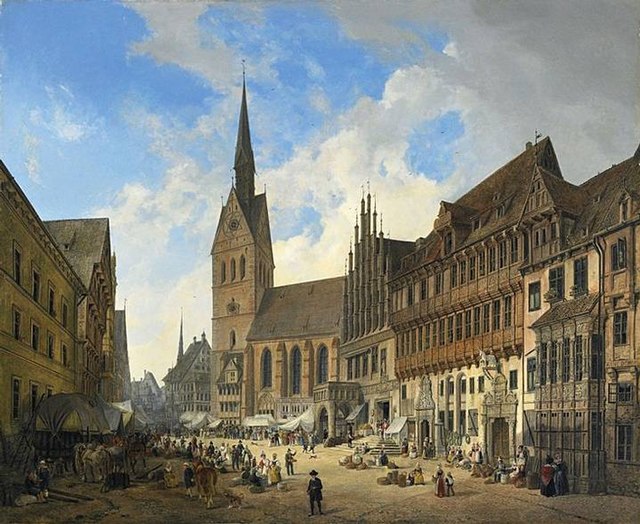Morphological typology is a way of classifying the languages of the world that groups languages according to their common morphological structures. The field organizes languages on the basis of how those languages form words by combining morphemes. Analytic languages contain very little inflection, instead relying on features like word order and auxiliary words to convey meaning. Synthetic languages, ones that are not analytic, are divided into two categories: agglutinative and fusional languages. Agglutinative languages rely primarily on discrete particles for inflection, while fusional languages "fuse" inflectional categories together, often allowing one word ending to contain several categories, such that the original root can be difficult to extract. A further subcategory of agglutinative languages are polysynthetic languages, which take agglutination to a higher level by constructing entire sentences, including nouns, as one word.

A trilingual plaque displaying members of all three major morphological alignments: analytic (English), fusional (French), and agglutinative (Plains Cree).
Polish noun declension collapses several factors into one ending: number (only plural is shown), gender, animacy, and case.
A plaque in Chechen, an agglutinative language.
Karl Wilhelm Friedrich Schlegel was a German poet, literary critic, philosopher, philologist, and Indologist. With his older brother, August Wilhelm Schlegel, he was one of the main figures of Jena Romanticism.
Friedrich Schlegel in 1801
Hanover's Market Church Oil painting after Domenico Quaglio (1832)
Dorothea von Schlegel (1790) by Anton Graff
The unfinished Cologne cathedral (1856) with medieval crane on the south tower







